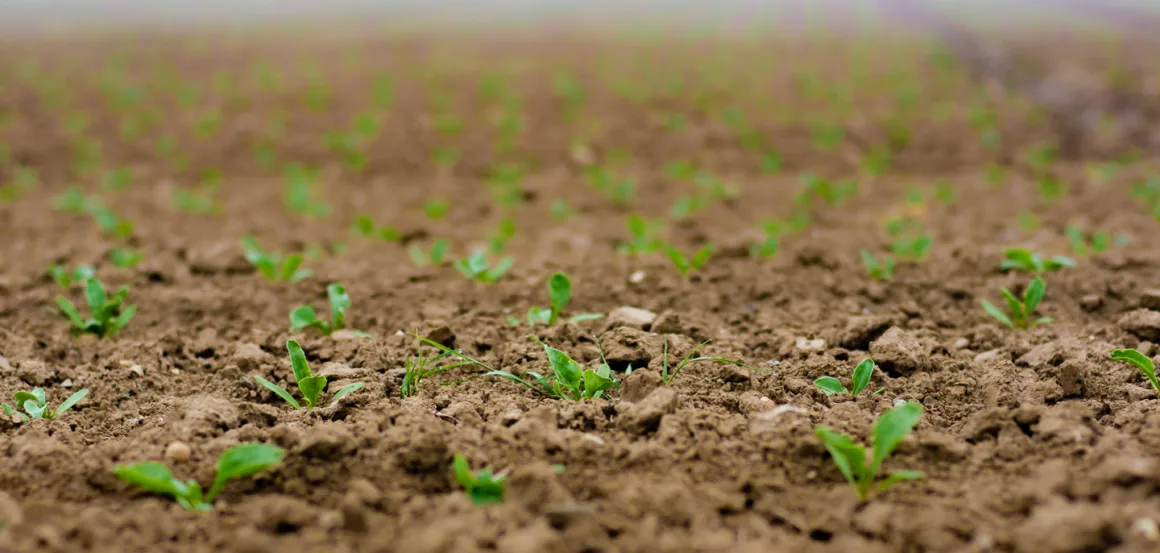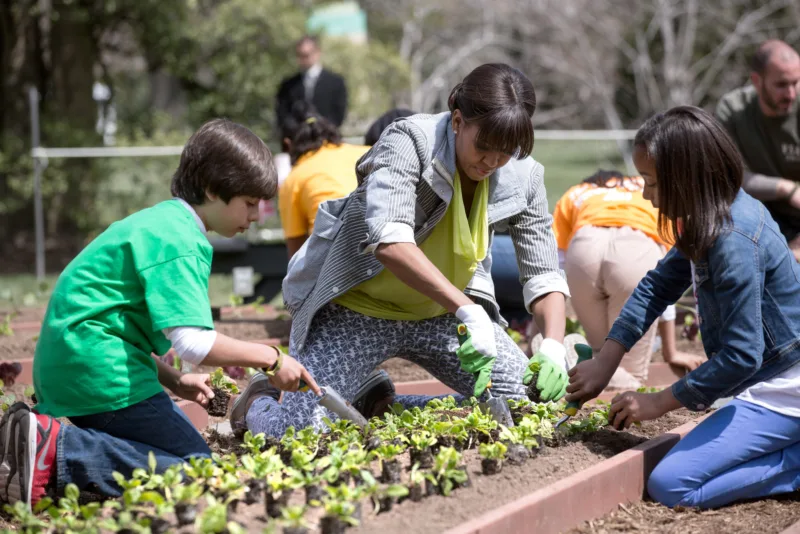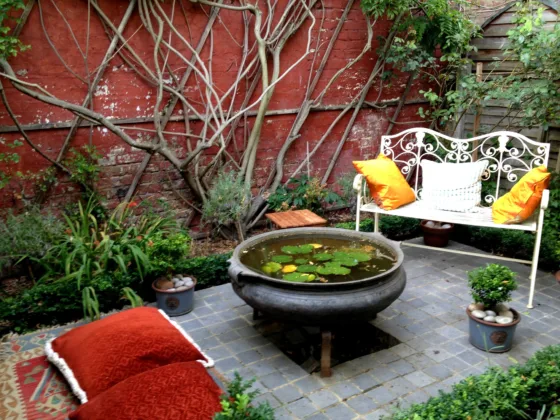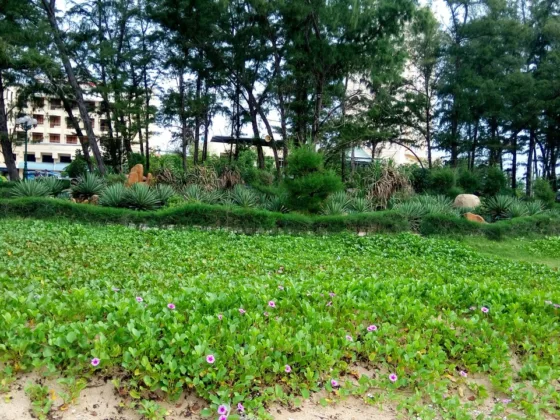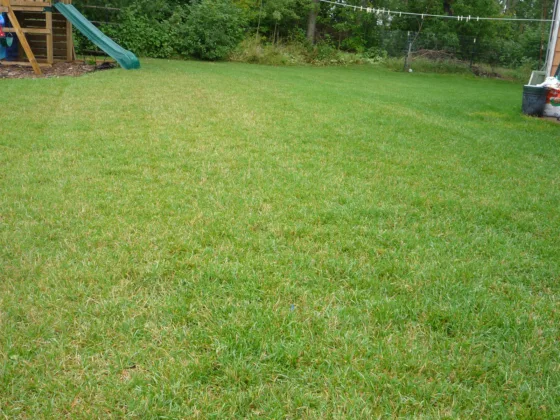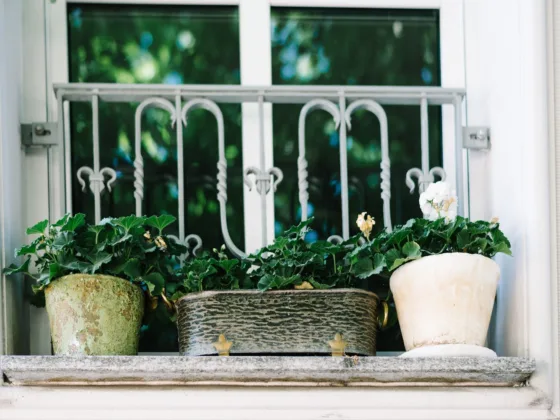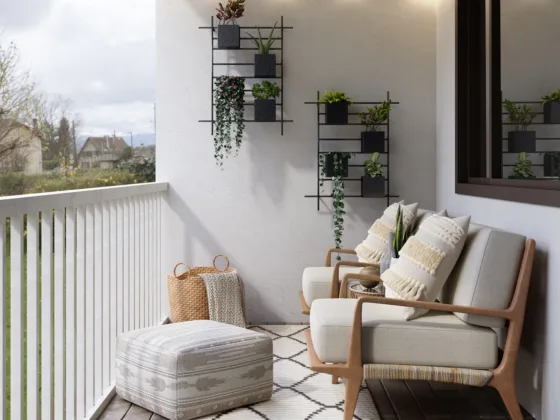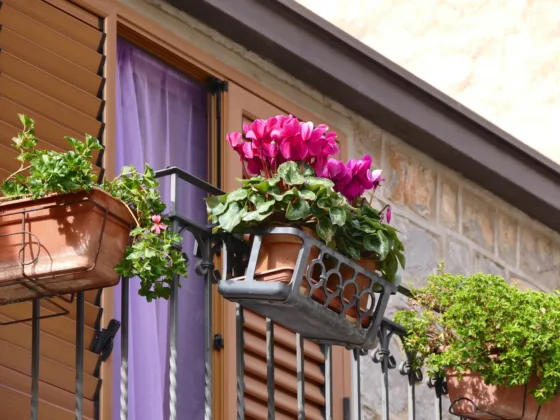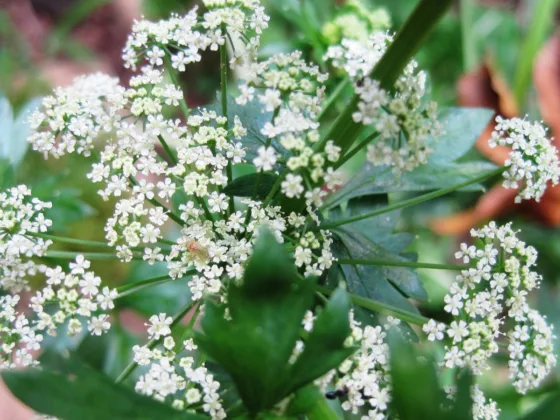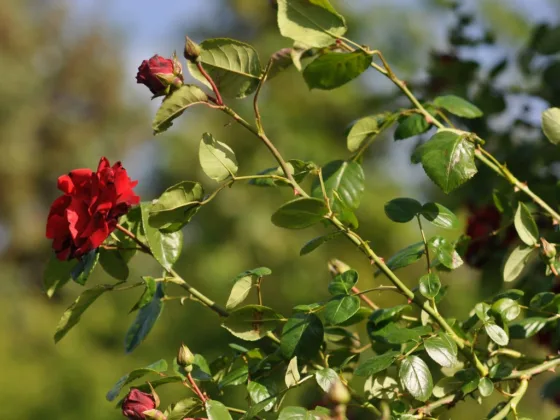Table of Contents Show
10 Helpful Tips for Spring Planting – Giving Your Garden a Running Start
Ah, it’s finally spring once again! It’s an exciting time for northern gardeners who have patiently waited out the long winter, clinging to the promise of this day when they can finally shop for their plants and bring them home to begin again the process of gardening.
And with the arrival of spring comes the annual spring rush to the plant sales and garden centers, where gardeners will search out the annuals and perennials for the season’s gardens, to then rush back home and get them into the ground.
The experts have prepared a few tips for spring planting that will help to ensure a successful start to the gardening season. After all, one of the keys to a successful season is starting the plants off right; they will grow faster, deliver their impact earlier, and give a performance that goes right until the frosts of fall.
So follow these simple tips for a long and pleasurable gardening experience this year.
1. Use Compost to Amend the Planting Soil
Compost helps to establish healthy plants. Adding good organic compost will provide much-needed nutrients for young plants. Preparing a new garden bed or planting hole with peat moss or garden compost will assist your new garden plants in establishing good roots.
2. Water Just the Right Amount – Not Too Much, Not Too Little
Water young plants frequently, but don’t drown them! Young seedlings need a consistent supply of moisture to help them set their roots and get established, but too much water can hurt them. It’s better to give them a light soaking every day than to flood them once a week.
3. Gradually Wean Perennials Off Fertilizer
Fertilize perennials at planting. Many young plants have been grown in a greenhouse where nutrients are acquired through fertilization. It’s important to wean them off fertilizer until their roots are developed. Following that, use a time-release pellet form of 15-15-15 throughout the growing season.
Read Also:
4. Continue Feeding Your Annuals Regularly
Annual plants in containers need regular feeding. Annuals are generally heavier feeders than perennials, especially in containers. As the growing medium in containers is primarily peat moss, water, and fertilizers flow through it rapidly.
Fertilize weekly with a half-strength soluble fertilizer mixture with a higher middle number to promote active root growth and flower production.
5. Don’t Plant Too Early for Your Region
New plants are sensitive to frost and lower temperatures. Hardy perennials if hardened off can be planted as early as Mother’s Day in most parts of the North. For annuals, it is best to wait until the first week of June, although hardier annuals and some vegetables can be planted as early as the May long weekend.
However, they should be covered if night temperatures are forecasted to fall below 2 – 4°C/36 – 40°F.
6. Give Your Plants Just the Amount of Light They Prefer
Plants require sunlight for photosynthesis, but not all plants are sun tolerant. Check the labels on all the plants you purchase to see if they are light-specific. Planting in the wrong location can lead to poor performance and/or death of the plant.
7. Allow Adequate Growing Space Between Perennials
Give shrubs and herbaceous perennials ample room to grow. Many require good air circulation to discourage the development of molds and fungi. As the plant grows, the space is reduced and the bed will look fuller. Allow room for growth and your plants will last a long time.
8. Plant Annuals Closer Together for Full Effect
Plant annuals at half spacing for an earlier season of enjoyment. Reducing the spacing between plants will result in fuller plantings earlier in short growing seasons as we have in the North. It will also assist in the reduction of weeding and watering as moisture is less subject to evaporation and weed seeds cannot make contact with the ground.
9. Use Colors to Your Advantage
Simple combinations of just one or two colors can make a powerful statement. Using only one color to establish a monochromatic scheme for your garden can help to adjust a mood. Cooler colors like blue or purple can make a sunny site more relaxed, whereas warmer colors such as yellow and orange can make a dark space more inviting.
10. Use Larger Quantities of Fewer Varieties
Plant masses of one or two plants to reduce maintenance times. In larger yards or wherever there is not enough time to maintain a garden, grouping plants of one type and allowing them to grow together reduces the amount of water and the need for regular pruning.
